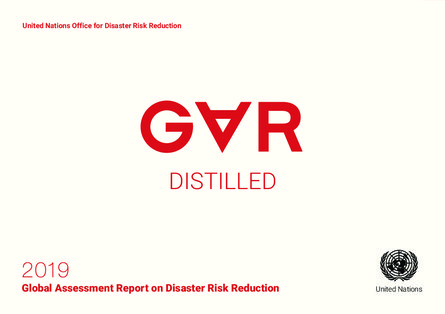
The 2019 Global Assessment Report on Disaster Risk Reduction (GAR) is informed by the latest data – including Sendai Framework target reporting by countries using the Sendai Framework Monitor – and infers early lessons on the state of the global disaster risk landscape. While the observed period is still too short to reach definitive conclusions at a global scale, it is possible to ascertain certain patterns in terms of magnitude, geographic and socioeconomic distribution of impacts and abstract several points of departure for where and how countries have seen successes in reducing risk.
GAR is known for breaking new ground on risk and its reduction – challenging prevailing norms and provoking us all to re-examine our behaviour and our choices. While disaster risk has been the point of departure, it is clear that in an increasingly connected world, nothing about risk is siloed. We can’t afford to be narrow in our definition of risk, or in the way we address it.
Correspondingly, the latest GAR (GAR19) moves beyond disaster risk to consider the pluralistic nature of risk: in multiple dimensions, at multiple scales and with multiple impacts. It provides an update on how we – as governments, as communities and individuals – understand our relationship with risk and its reduction.
Note the full GAR19 Report is a large document that can be downloaded at the following address:
https://www.undrr.org/publication/global-assessment-report-disaster-risk-reduction-2019